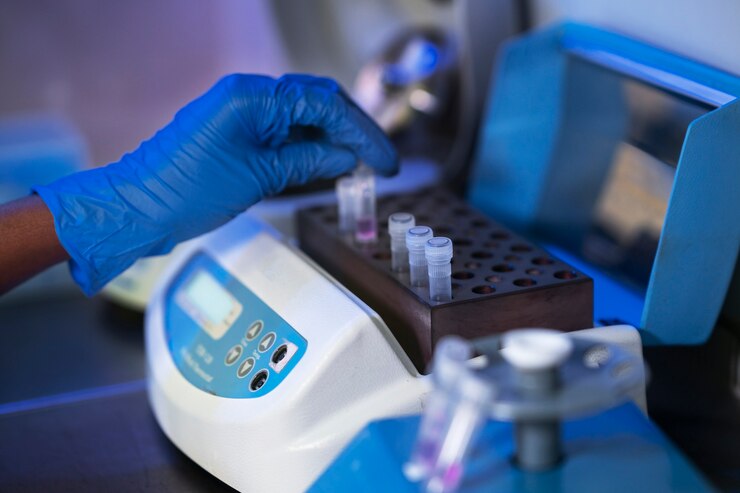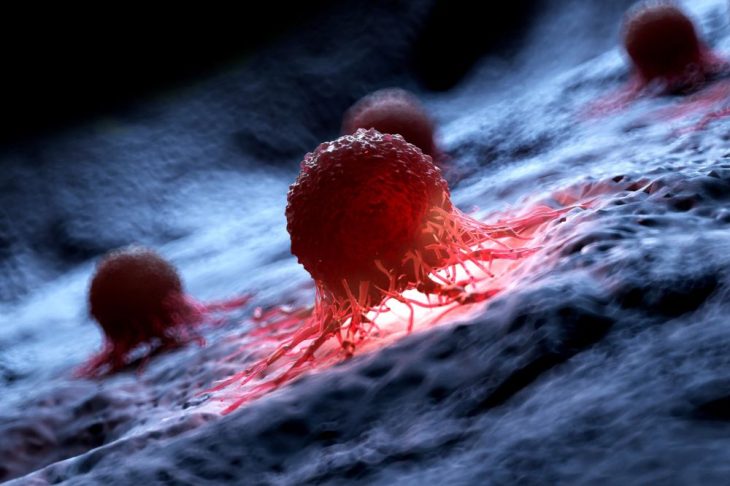
Liquid Biopsy Explained: Learn More About This Revolutionary Diagnostic Tool
Liquid biopsy refers to the analysis of tumour-derived material (e.g. circulating tumour cells, circulating tumour DNA, exosomes) found in bodily fluids like blood, urine, or cerebrospinal fluid. This is in contrast to traditional solid tumour biopsies.
Liquid biopsies offer several advantages over solid tumour biopsies, including being less invasive, allowing for repeated sampling over time, and potentially capturing tumour heterogeneity.
Applications of liquid biopsy in oncology include:
1) Diagnosis and screening – detecting cancer early or identifying high-risk individuals.
2) Therapy selection – identifying specific genomic alterations to guide targeted therapy decisions.
3) Monitoring disease – detecting minimal residual disease or monitoring for disease progression or recurrence.
4) Evaluating response to treatment.
Circulating tumour DNA (ctDNA) analysis is one of the most widely studied and clinically validated liquid biopsy approaches. ctDNA can be analyzed for specific mutations, copy number variations, or other genomic alterations.
Ongoing research is exploring ways to improve the sensitivity and specificity of liquid biopsy tests, as well as expanding its applications across different cancer types and stages of disease.
The key points about liquid biopsy in oncology include:
1. Sample source: Instead of collecting a tissue sample from the tumour through an invasive biopsy procedure, liquid biopsy relies on analyzing tumour-derived components present in the bloodstream or other bodily fluids.
2. Tumour-derived material: The types of tumour-derived material that can be analyzed in a liquid biopsy include:
– Circulating tumour cells (CTCs)
– Circulating tumor DNA (ctDNA)
– Exosomes
– Tumour-educated platelets
3. Applications:
– Cancer screening and early detection
– Therapy selection by identifying specific genomic alterations
– Monitoring disease status and response to treatment
– Detecting minimal residual disease or disease recurrence
4. Advantages:
– Less invasive sampling procedure
– Ability to capture tumour heterogeneity
– Repeated sampling over time to monitor changes
5. Clinical utility:
– Liquid biopsy has been incorporated into clinical guidelines for certain cancers, such as lung cancer, where it can guide first-line targeted therapy decisions.
– Ongoing research is exploring ways to expand the applications of liquid biopsy across different cancer types and stages.
The ability to obtain tumour-derived information through a simple blood draw makes liquid biopsy a promising tool in the field of oncology for various diagnostic and monitoring purposes.
Liquid biopsy can be utilized at various stages of cancer management, including:
1. Screening and early detection:
– Liquid biopsy tests can potentially detect cancer-specific biomarkers in asymptomatic individuals, allowing for early cancer diagnosis before the appearance of clinical symptoms.
– This could enable earlier intervention and improved outcomes.
2. Diagnosis and staging:
– Liquid biopsy can complement conventional diagnostic tests, such as imaging and tissue biopsy, to help confirm the presence of cancer.
– It can also provide information about the stage and molecular characteristics of the tumour.
3. Treatment selection:
– Analysis of ctDNA or CTCs can identify specific genetic alterations that can guide the selection of targeted therapies or immunotherapies.
– This personalized approach helps optimize treatment selection for individual patients.
4. Monitoring treatment response:
– Serial liquid biopsy testing during treatment can detect changes in tumour burden or the emergence of resistance mutations.
– This allows for real-time assessment of treatment efficacy and early identification of disease progression.
5. Detection of minimal residual disease:
– Liquid biopsy can be used to detect the presence of small amounts of tumour cells or DNA after initial treatment, indicating the potential for disease relapse.
– This can help guide decisions about additional or more intensive therapy.
6. Surveillance for recurrence:
– Periodic liquid biopsy testing can be used to monitor for cancer recurrence or metastasis in patients who have completed primary treatment.
The specific applications of liquid biopsy in cancer management depend on the type of cancer, stage of disease, and availability of validated liquid biopsy tests. Ongoing research continues to expand the clinical utility of this approach across various cancer settings.


